Diet Meal Plan
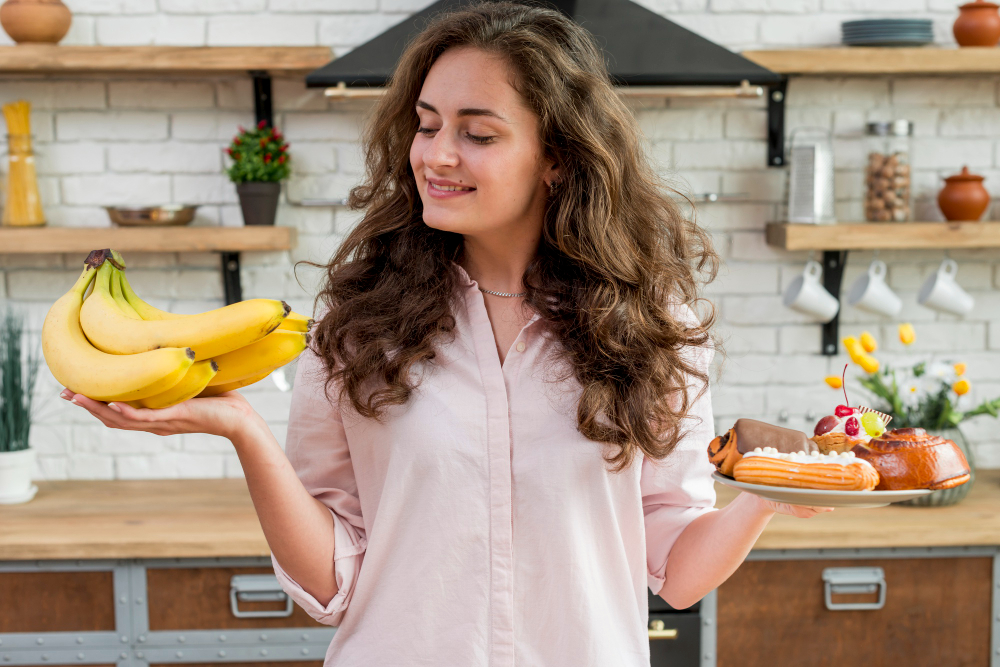
What foods can I eat?
Do not worry that you will not be able to enjoy your foods if you have diabetes. You can still eat your favourite foods, but you might need to eat smaller portions or enjoy them less often.
The key to eating with diabetes is to eat a variety of healthy foods from all food groups, in the amounts your meal plan outlines.
The food groups are
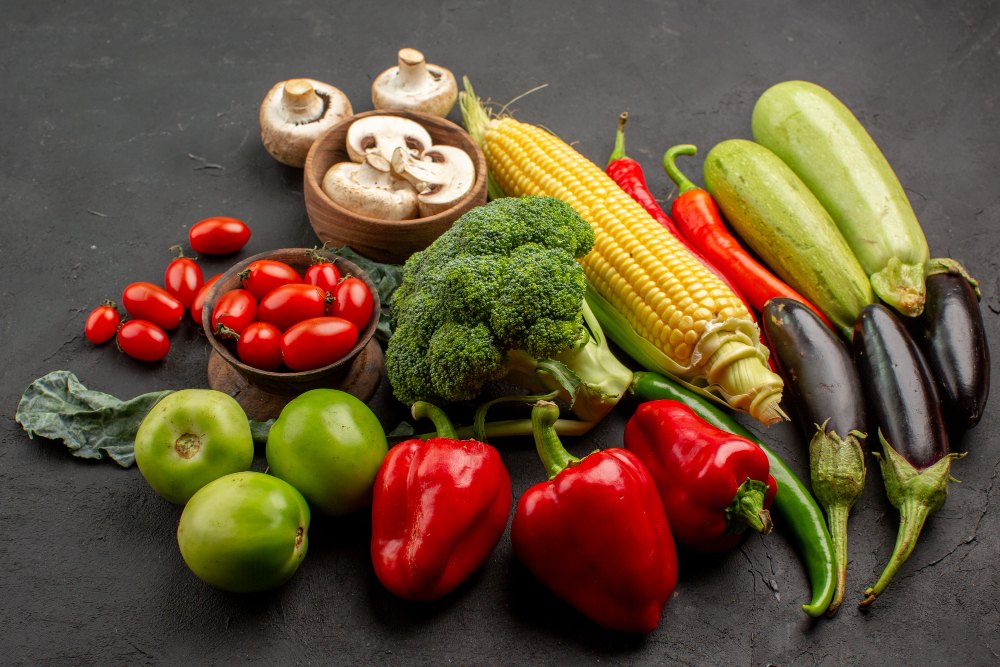
Vegetables
Non-starchy: includes broccoli, carrots, greens, peppers, and tomatoes
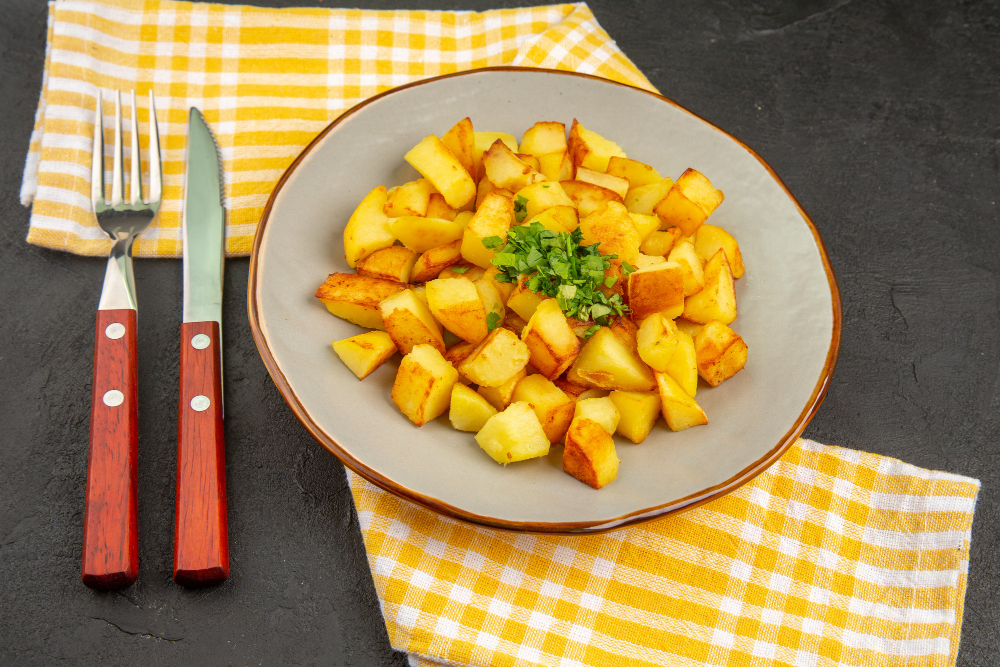
Starchy
includes potatoes, corn, and green peas
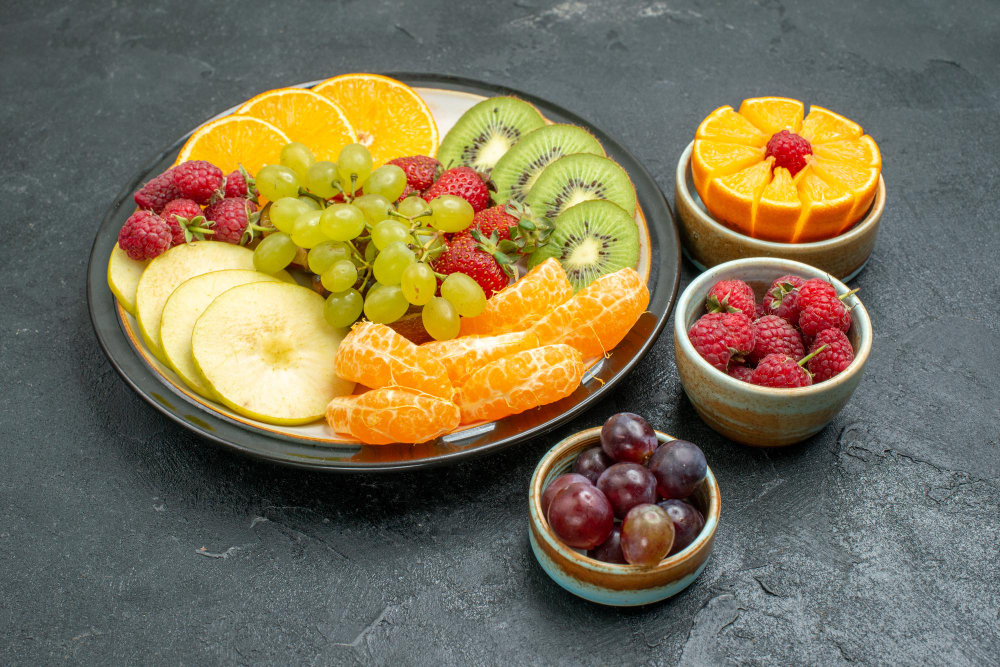
Fruits
Includes oranges, melon, berries, apples, bananas, and grapes
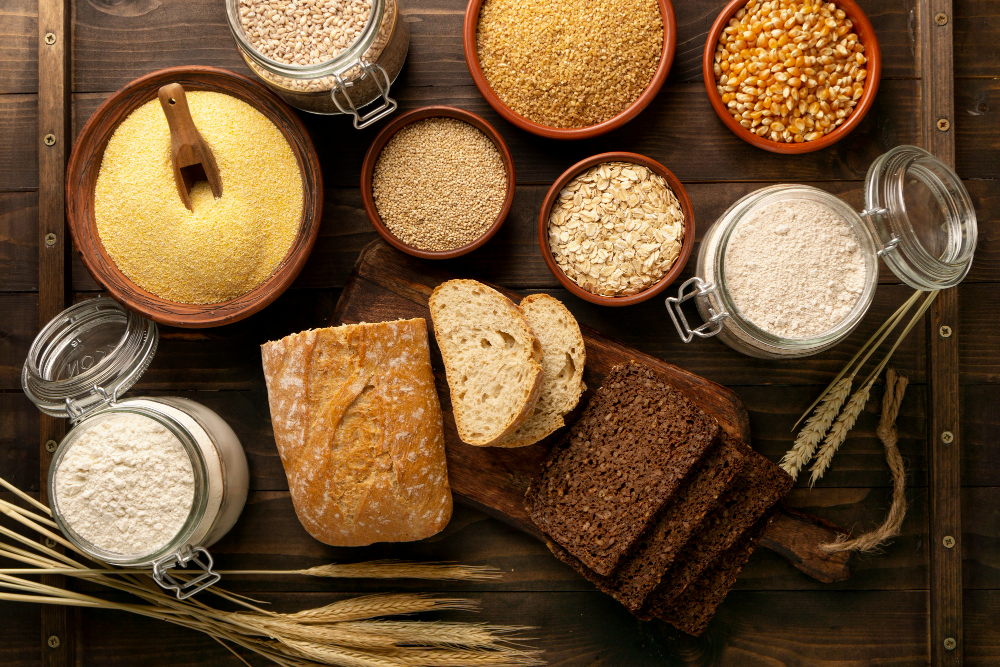
Grains
At least half of your grains for the day should be whole grains includes
wheat, rice, oats, cornmeal, barley, and quinoa. Examples: bread, pasta, cereal, and tortillas
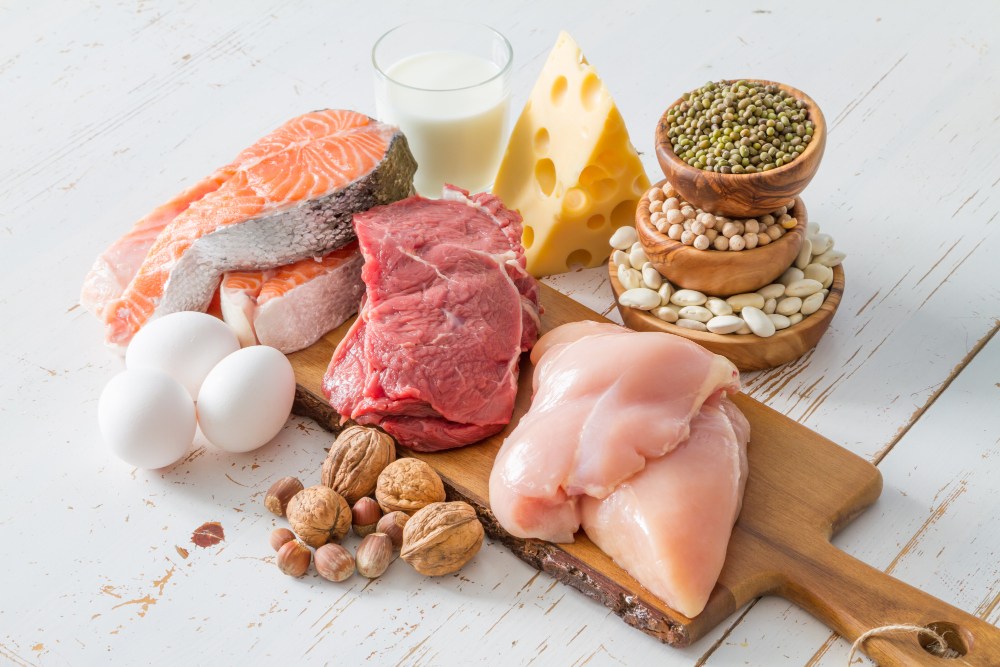
Proteins
Lean meat, Chicken without the skin, Fish, Eggs, nuts and peanuts, dried beans and certain peas, such as chickpeas and split peas, meat substitutes, such as tofu, Dairy-non fat or low fat milk or lactose-free milk if you have lactose intolerance, yogurt, cheese 34

What foods to avoid?
- Foods and drinks to limit include
- Fried foods and other foods high in saturated fat and trans fat
- Foods high in salt, also called sodium
- Sweets, such as baked goods, candy, and ice cream
- Beverages with added sugars, such as juice, regular soda, and regular sports or energy drinks
- Drink water instead of sweetened beverages. Use a sugar substitute in your coffee or tea.
- If you drink alcohol, drink moderately-no more than one drink a day if you are a woman or two drinks a day if you are a man.34
When to eat and how much to eat?
Some people with diabetes need to eat at about the same time each day. Others can be more flexible with the timing of their meals. Depending on your diabetes medicines or type of insulin, you may need to eat the same amount of carbohydrates at the same time each day.
Eating the right amount of food will also help you manage your blood glucose level and your weight.34
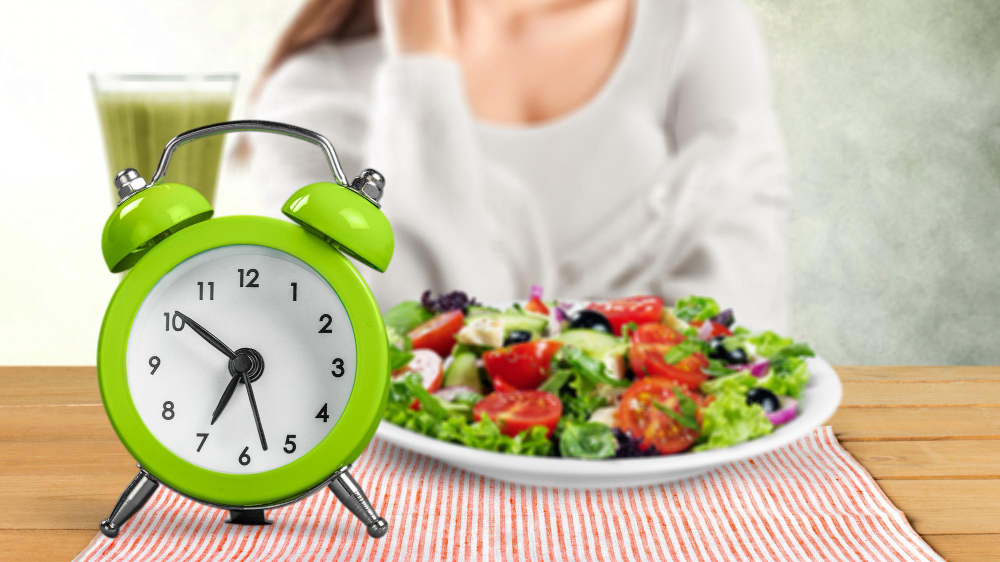
Food exchange list for Diabetics
The exchange list is a tool to help you plan healthy meals and snacks. To add variety to your diet, you can substitute certain foods for other foods in the same group. Some examples are listed here.36
Food Group
Fruit (each serving contains about 15 grams carbohydrates)
Vegetable (each serving contains about 5 grams carbohydrates)
Starch (each serving contains about 15 grams carbohydrates)
Sugar, honey, molasses
Milk (does not include cream, yogurt or cheese) Meat
Fat (includes nuts, seeds and small amounts of bacon and peanut butter)
You can have...
1 small or medium piece of fresh fruit
1 cup raw vegetables
1 slice or ounce bread
1 teaspoon
1 cup of cow’s milk (low fat)
1 ounce meat, fish, poultry, cheese or yogurt
1 teaspoon oil, butter or margarine
You can have...
1/2 cup fruit juice, or canned or chopped fruit
1/2 cup cooked vegetables or vegetable juice
1/2 cup pasta, cereal, starchy vegetable
4 grams carbohydrates
12 grams carbohydrates and 8 grams protein
1/2 cup dried beans
5 grams fat
Diabetes meal plate 37
The Diabetes Plate Method is the easiest way to create healthy meals that can help you manage your blood sugar levels. Using this method, you can create perfectly portioned meals with a healthy balance of vegetables, protein, and carbohydrates—without the need to count, calculate, weigh, or measure.
The size of plate helps in determining the size of food portions, so you want to start with a reasonably sized plate- atleast 9 inches across
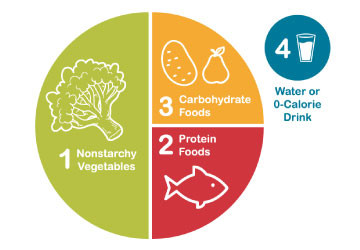
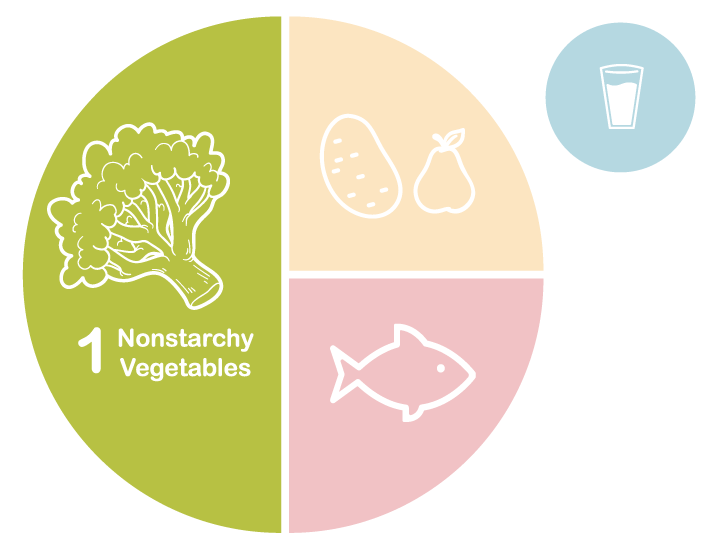
1: Fill half your plate with non-starchy vegetables
Asparagus, Broccoli or Cauliflower, Brussels Sprouts, Cabbage
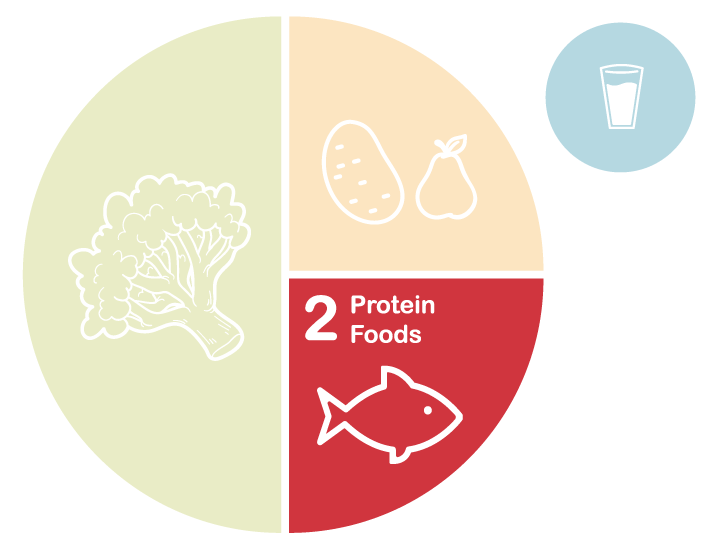
2. Fill one quarter of your plate with lean protein foods
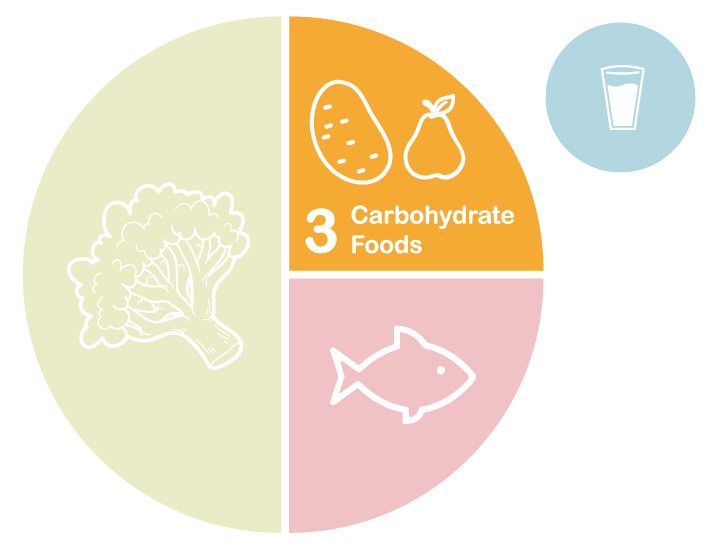
3. Fill one quarter of your plate with carbohydrate foods
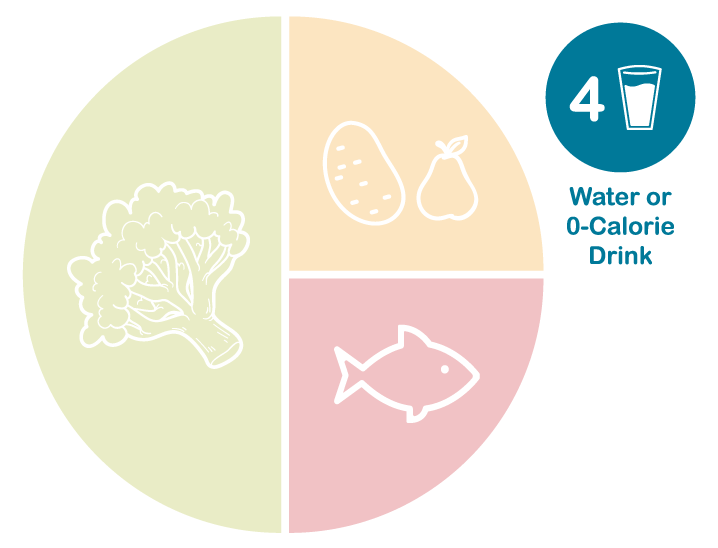
4. Choose water or a low-calorie drink
Have Medical Queries?
Kindly drop your questions here –
wockmed@wockhardt.com